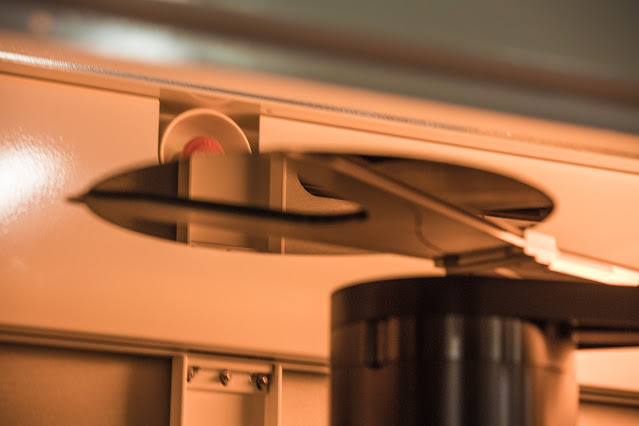An Ultimate Guide to Silicon Wafer!
Most individuals need to be aware of thin chips' significance in daily life. As a result, they are also ignorant of the term "silicon wafer" and its relevance in modern technology. Because of its stable structure, silicon, one of the most plentiful elements on Earth, serves as a raw material for semiconductor products. To create an ingot, it must first be cleaned, melted, and then cooled. The ingot is then cut into wafer-shaped discs. Some people, like those working in the semiconductor business, get to see actual silicon wafers. This technology has the flatness of a surface that resembles a mirror but can't be seen by the naked eye. With the rise in semiconductor chips and wafers, the need for wafer automation solutions also increases.
Integrated circuits, which enable electronic devices to carry out certain duties accurately, can comprise millions of electronic parts, including transistors, resistors, and capacitors. The primary component used in producing chips or integrated circuits is silicon wafers. Depending on their intended use, various wafers are on the market. The dummy wafer is one example. Due to their usage in experiments and tests during the fabrication of semiconductors, they differ from standard silicon wafer products.
Some of the semiconductor silicon wafers are as follows:
- Mirror wafer
- Bare wafer
- Monitor wafer
- Experimental wafer
- Silicon dummy wafer
- Test grade wafer
- Mechanical grade wafer
Grades of Silicon Wafer
There are three different types of silicon wafer grades:
Prime Grade Silicon Wafers
These silicon wafers are of the finest quality, known as "device quality" wafers since they are primarily employed in producing integrated circuits. They are more expensive than other silicon wafer grades but provide outstanding quality and performance, a polished surface, etc.
Test Grade Silicon Wafers
These silicon wafers, which are of the second-best grade, are primarily employed in equipment testing, engineering test experiments, and evaluations.
Dummy Grade Silicon Wafers
Mirror Wafers is another name for these. Before using prime grade wafers, they are typically utilized in the production line as test wafers to evaluate safety precautions. They are also utilized to assess the production process. Prime-grade wafer damage is prevented by using these first.
If you want an automation solution for wafer handling, a 300mm FOUP Load Port for automated wafer handling is also provided by Kensington Laboratories.
Applications & Benefits of Silicon Wafers
Silicon wafers play a significant role in the growth of technology.
Most of the technologies we use on a daily basis could only exist with silicon wafers. Ones that rely on this technology include appliances, wearables, computers, cellphones, and wearable technologies. The most recent technological trends like robotics, renewable energy, the Internet of Things (IoT), and electric vehicles require this technology.
The need for the capacity of silicon wafers is expanding as electronic gadgets get smaller and more powerful. Silicon wafer technology is advantageous to numerous sectors, including those depicted below.
- Telecommunications
- Medical
- Military & Aerospace
- Industrial & Commercial Electronics
- Automotive
The demand for various electronic devices, including mobile phones, computers, TVs, and medical equipment, has significantly increased due to the pandemic. The pandemic also impacts several industrial sectors, including the automobile, aerospace, and telecommunications industries.
Conclusion
With the rising demand for silicon wafers, we understand the need for a wafer automation solution. Kensington Laboratories is a rapidly expanding distributor with a reputation for providing high-quality goods and services so that we can meet our customer's needs and any other particular requirements.



Comments
Post a Comment